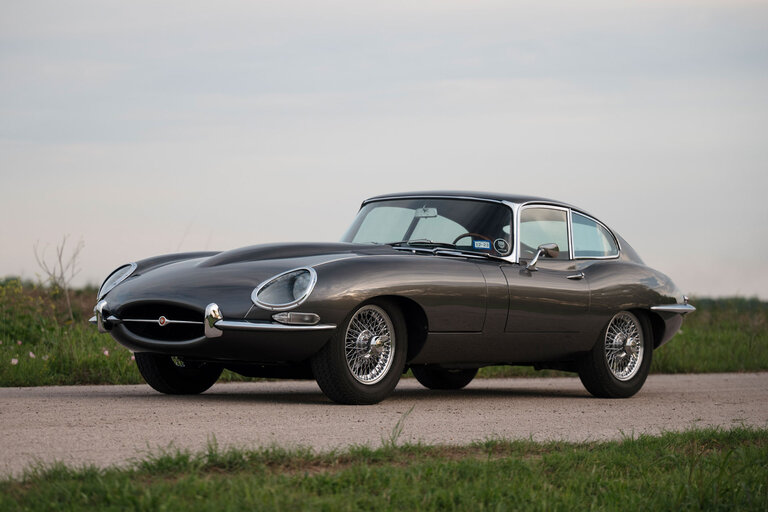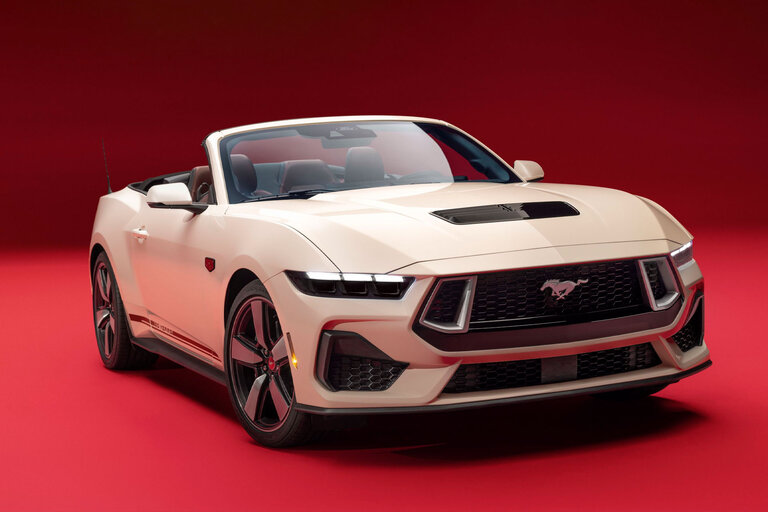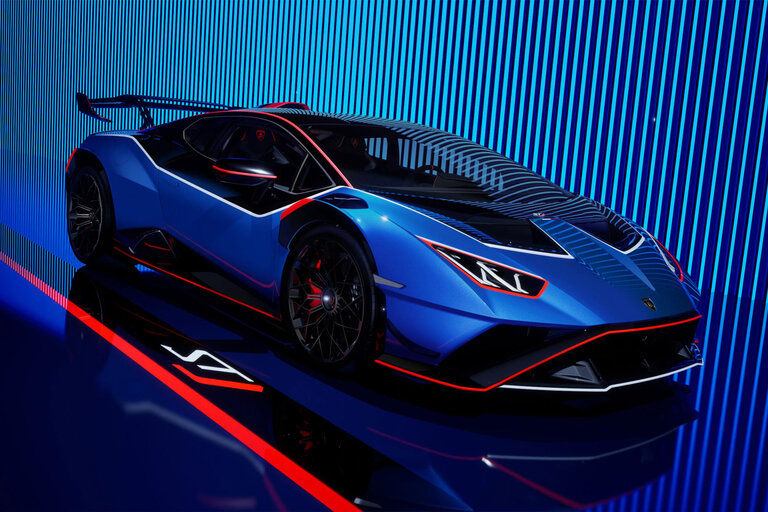
The first hybrid to hit North America was the Honda Insight, a funny little streamlined two-seater that beat the Toyota Prius to market by seven months. It had a manual transmission, was fun to drive in typical Honda fashion, and was rated at 61 mpg, holding the title as the most efficient production gasoline-powered vehicle in North America for a decade and a half. It didn’t matter: saleswise, the Prius totally obliterated it.
Toyota’s hybrid wasn’t a quirky science project; it was a Herculean effort that laid the groundwork for a new kind of powertrain. The oddball Insight was the narrow-application kitchen appliance you use twice a year; the Prius might have had all the personality of a coffeemaker, but it made the coffee right, every morning.
How Hybrid Synergy Drive Works
At the heart of the equation was the way in which Toyota’s hybrid system differed from Honda’s Integrated Motor Assist. The latter featured an added-on electric motor that sometimes stepped in with added torque for an efficient small-displacement four-cylinder. Toyota’s setup was a parallel hybrid, two complete drivetrains blended into one, and it combined elements from sources as varied as the Ford Model T and Japan’s Shinkansen bullet trains.
For its gasoline engine, the first-generation Prius used a 1.5-liter inline-four running the efficiency-minded Atkinson cycle. This leaves the intake valve open slightly longer on the compression stroke, which reduces in-cylinder pressure, sacrificing power for efficiency. This engine produced 70 hp and 82 pound-feet of torque.
Making up for this deficit of power was the electric motor. Paired to a 1.78-kWh nickel-metal hydride battery, the AC motor made just 44 hp, but 258 pound-feet of torque. Here, Toyota studied bullet train semiconductors to help manage energy flow between the battery and electric motor. The car was emphatically not fast—Car and Driver tested a 2001 model and clocked a glacial 13.0-second run to 60 mph—but the electric motor provided useful throttle response for stop-and-go traffic.
The connection between a Model T and a Prius is found in the transmission. Like Henry Ford’s mass-market success, the Toyota also has a planetary gearbox, which allows for input from either the gasoline engine, the electric motor, or both, as needed. It also allows for the electric motor to provide regenerative braking, turning the potential energy of a Prius in motion back into electricity to be stored in the battery. Early testers expressed bemusement at the way the Prius alternately whirred or went silent as it cruised down the road. But it worked. The original 52-mpg EPA city rating spoke for itself (that number since been revised down to 42 mpg based on updated procedures).
Where the Prius Came From
The first concept for the Prius was shown at the 1995 Tokyo Motor Show. Its name came from the Latin word for “before,” with the same roots as “prior.” Toyota—correctly, as it turns out—predicted that the Prius would go on to create a whole new breed of cars that bridged the gap between gasoline power and electrification.
Development work was grueling. Early prototypes had problems with batteries either overheating or failing in cold weather. It took Toyota’s engineers a month to get the first prototype to actually start, and then it promptly stalled after 100 yards. For ridealongs with Toyota executives, an engineer had to sit shotgun with a laptop, watching battery temperature for runaway thermal events, in an odd mirror of the “Danger to Manifold” scene from The Fast and the Furious.
Toyota’s then-new president, a fourth-level judo black belt, was uncompromising on his vision for the Prius. Working production models would go on sale within two years, whatever it took. A team of 1000 engineers toiled away on the project. Toyota’s Newport, California, design office was given just three weeks to sketch out the brief. It was a Herculean effort, but on December 10, 1997, the first Prius sedan hit the roads in Japan. Four years later, Toyota deemed a tweaked version fit for U.S. consumption.
The first Prius taxicab entered service in 2001, in Vancouver. Owner-operator Andrew Grant charted huge maintenance savings over the Ford Crown Victoria sedans that were typically used as cabs at the time. The Prius not only burned less fuel but was also lighter on consumables: the car’s front brake pads lasted 185,000 miles, and that was with a cabbie at the wheel. Toyota’s engineers swapped Grant a brand-new 2003 model so they could tear apart his 2001 while developing the next-gen Prius.
This second-generation car really took the Prius mainstream. Now a hatchback, and with the battery pack better packaged to avoid cutting into interior room, the Prius was a better appliance than ever. 2004 saw more taxicab companies following Grant’s lead, and the Prius exploded in popularity. Odds are, the last Uber you took was a Prius.
Not only was the Prius a useful solution, but it was also a statement. Excellent fuel consumption went hand in hand with low emissions, and the little egg-shaped Toyota soon became synonymous with caring about the environment, or at least showing that you did. Celebrities such as Leonardo DiCaprio bought Priuses, and a fleet of the cars was famously used to chauffeur the Hollywood set to the 2003 Academy Awards. This of course, set off the usual backlash on talk radio and the like, and the skewering of smug Prius owners on South Park.
On one hand, the Prius is a typical mainstream Toyota product: inexpensive to own, consistent, and reliable but not terribly exciting. If you own one, you don’t really need to think about it much; you just fill it up with fuel less often than a normal car and drive it around.
On the other hand, the Prius was an important enough car that it became part of popular culture. It pleased a lot of people and it provoked others. Not bad for a wheeled coffeemaker. All the Prius had to do was prove that hybrid technology works. And it did.
This content is imported from OpenWeb. You may be able to find the same content in another format, or you may be able to find more information, at their web site.
#Toyota #Prius #Brought #Hybrids #Mainstream
Source link








